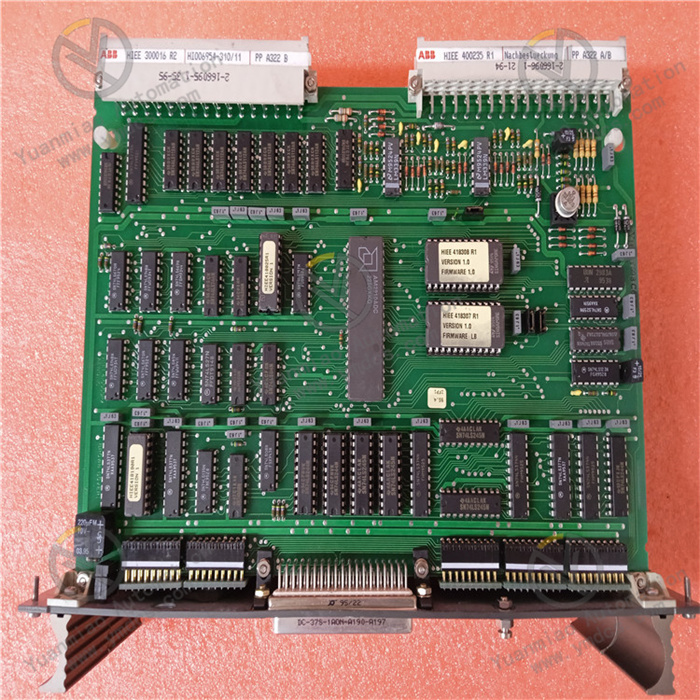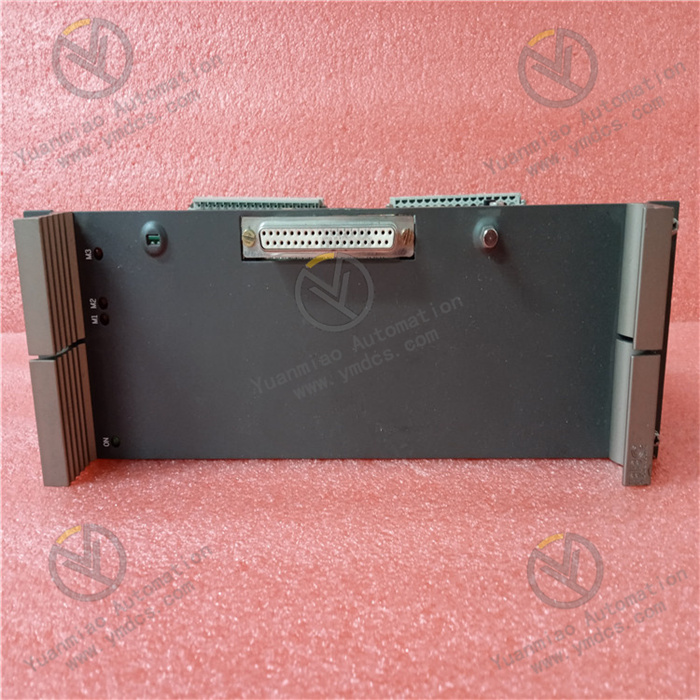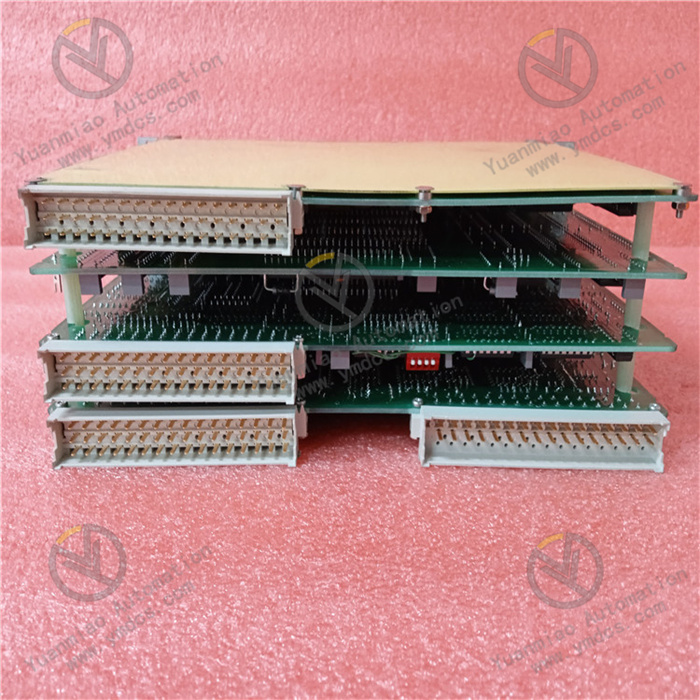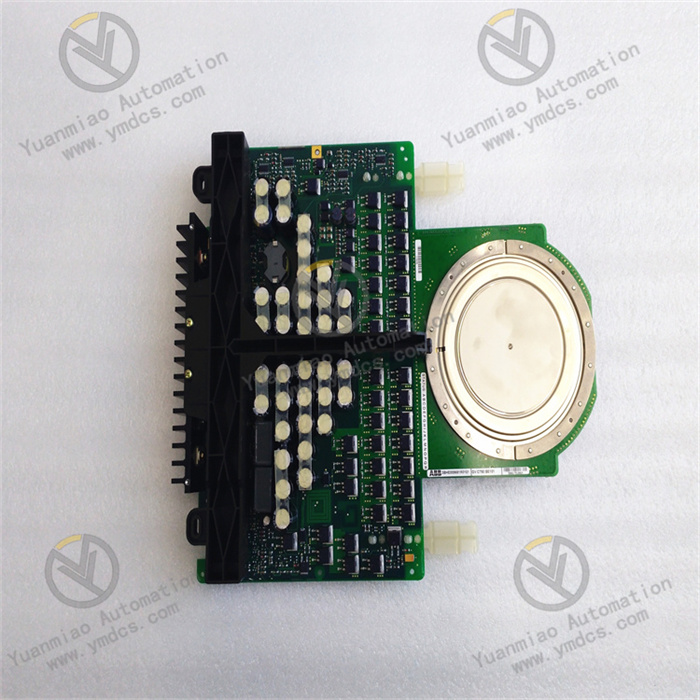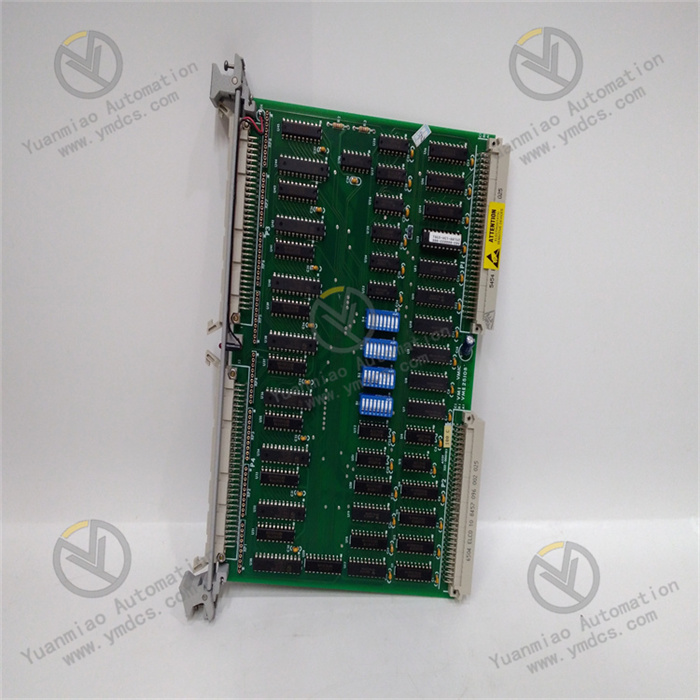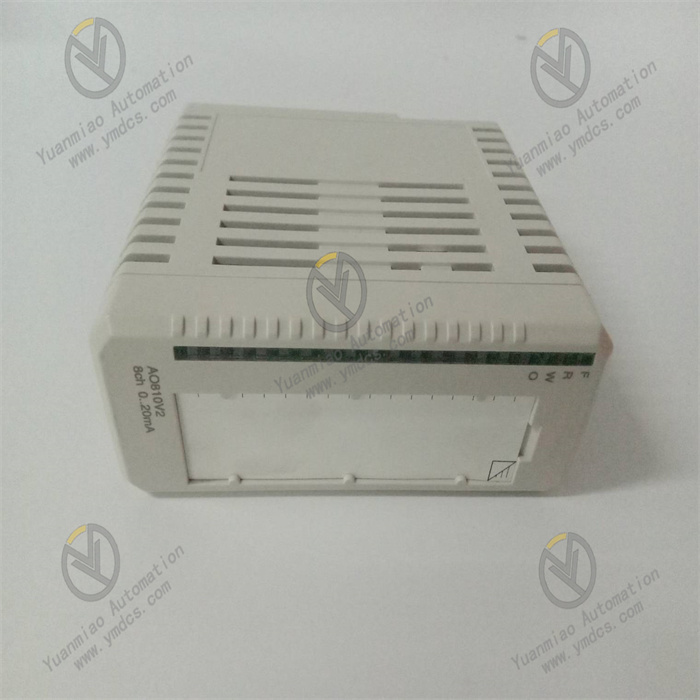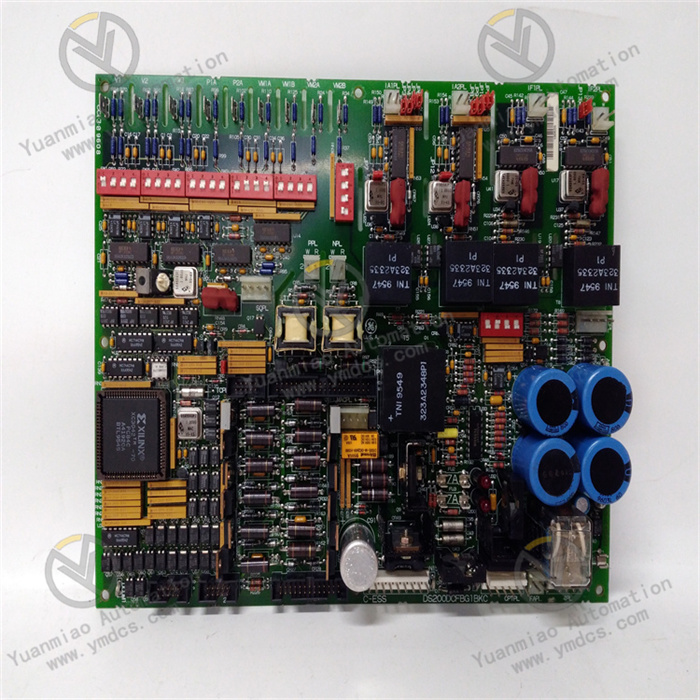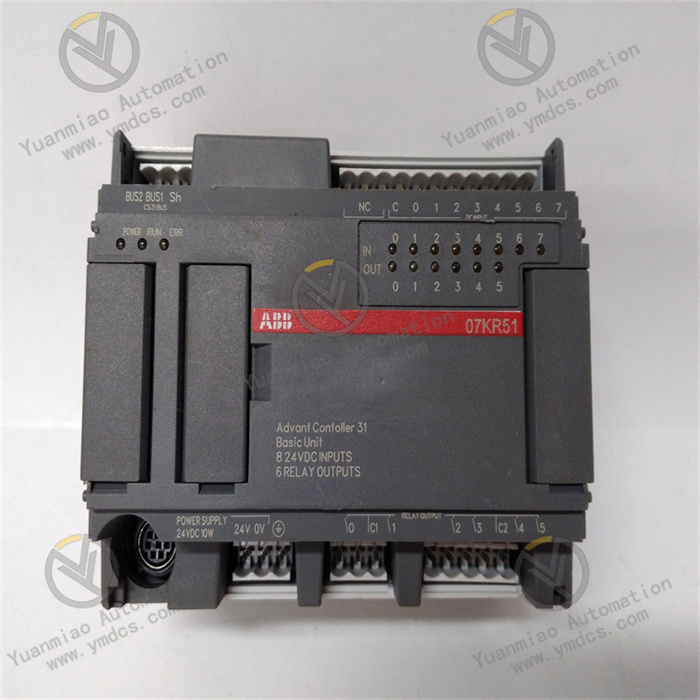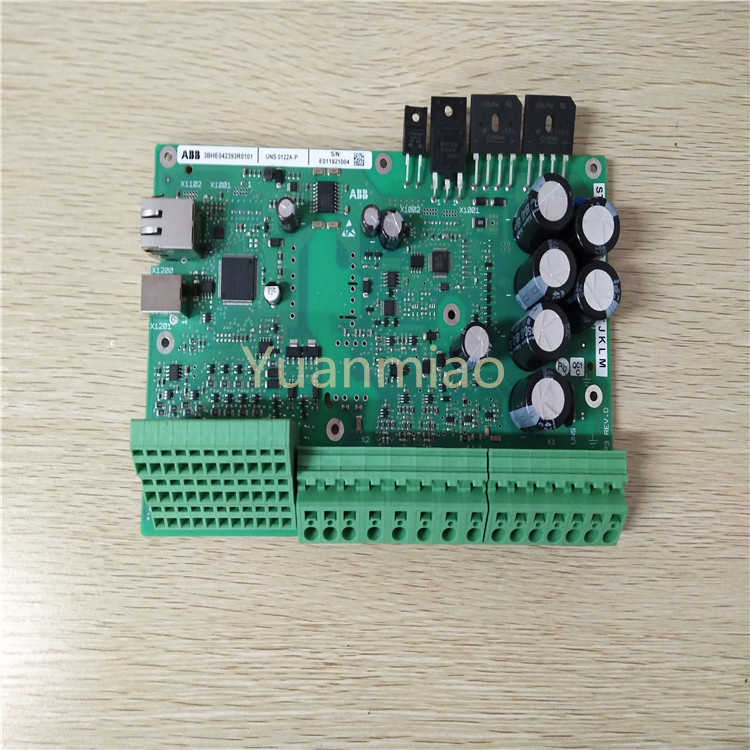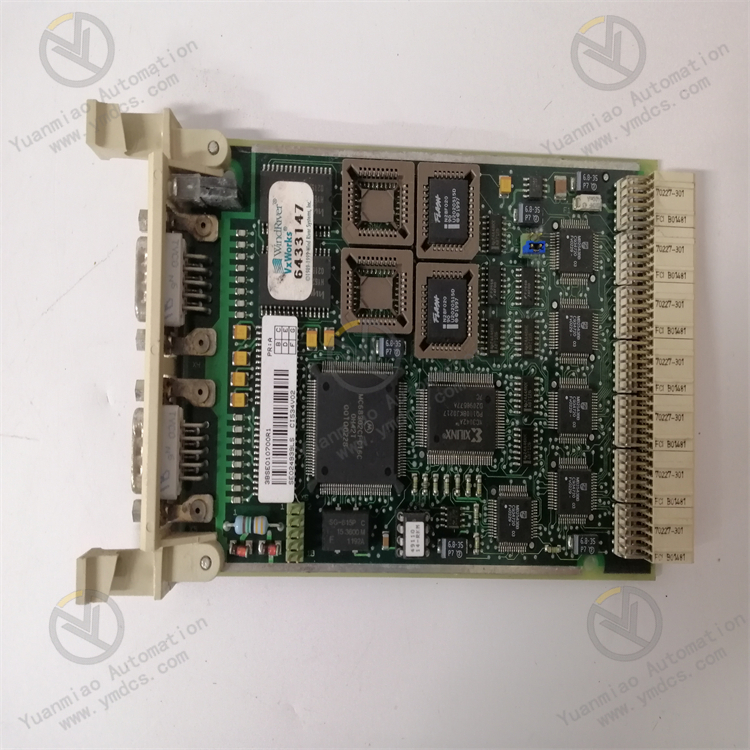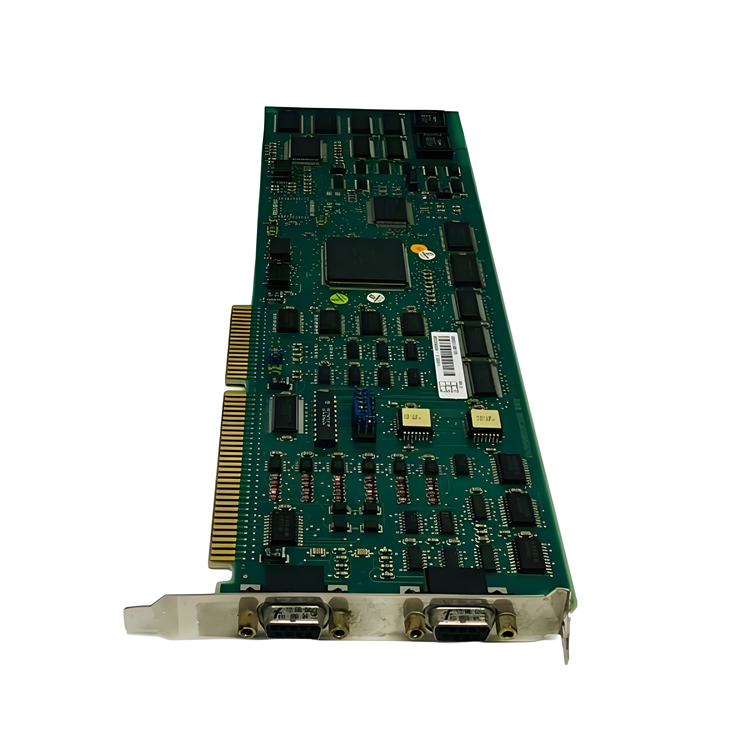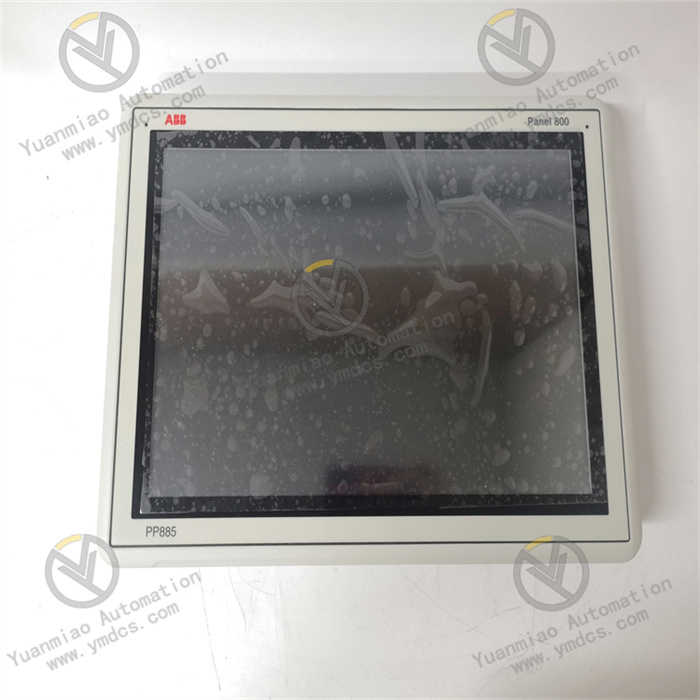Description
The ABB PPA322B HIEE300016R2 is an industrial module with multiple functions, and its working principle is as follows: Communication Principle: It supports the HART protocol and achieves two-way communication by superimposing digital signals on the 4 - 20mA current signal. In this way, it can not only transmit standard analog signals but also conduct digital communication with other devices that support the HART protocol, realizing functions such as parameter configuration, status query, and diagnostic information interaction. Analog Input and Output Principle: For analog input, it converts the continuously changing physical quantities (such as temperature, pressure, flow, etc.) transmitted by external sensors into corresponding electrical signals (usually 4 - 20mA current or 0 - 10V voltage), and then converts these signals into digital signals through the internal analog-to-digital conversion circuit for processing and analysis by the module. For analog output, according to the internal control algorithm or received control instructions, the module converts digital signals into corresponding analog electrical signals (such as 0 - 10V voltage or 4 - 20mA current) through the digital-to-analog conversion circuit to drive external actuators, such as control valves, frequency converters, etc., thus achieving precise control of industrial processes. Control Function Principle: The PPA322B module has a programmable logic control function and realizes various control tasks by running logic programs written by users. The internal microprocessor performs calculations and judgments according to the input signals (including analog input, digital input, etc.) in accordance with preset logic rules, and then outputs corresponding control signals (analog output, digital output) to achieve automated control of industrial processes. For example, based on the signals of temperature, pressure, etc. input by multiple sensors, it judges whether a certain condition is met through logical operations, and then controls the opening degree of valves or the rotation speed of motors, etc. Sensor Function Principle: When used as a sensor, it uses the internal measurement circuit and related technologies to accurately measure and convert external physical quantities. For example, it measures the ambient temperature through a built-in temperature-sensitive element, converts the temperature change into an electrical signal change, and after processing such as signal amplification and filtering, outputs it in the form of a standard output signal (such as 4 - 20mA current) to provide accurate measurement data for the industrial control system. Power Supply Working Principle: The module usually requires an external 24V DC power supply. The power supply circuit converts and stabilizes the input DC voltage to provide a stable working voltage for each circuit and component inside the module. At the same time, the power supply circuit may also have functions such as overcurrent protection and overvoltage protection to ensure the safe operation of the module in case of abnormal power supply.
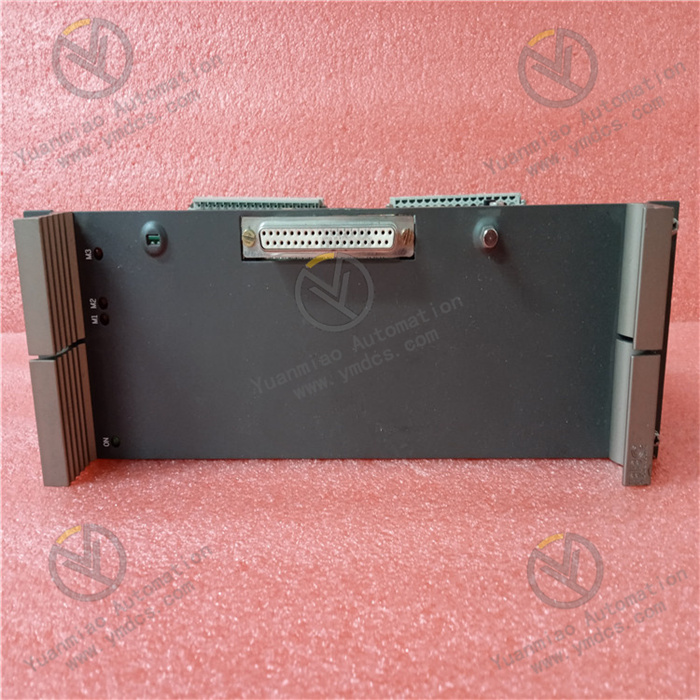
Functional Features Powerful Communication Function: It supports the HART protocol, which is an industry-standard protocol, enabling enhanced communication and data exchange capabilities with other devices, and facilitating system integration and information interaction. Standard Current Loop: It operates using a 4-20mA standard current loop. This standard allows the module to be easily integrated into existing industrial systems and achieve good compatibility and collaborative work with other devices. Integrated PLC Function: It has a programmable logic control function and can perform automated control of various industrial processes. Users can write logic programs according to actual needs to achieve complex control tasks, improving the degree of automation and flexibility of the production process. Integrated Sensor Capability: It can be used as a sensor, enabling accurate measurement and data collection, providing accurate data support for the industrial control system, and helping to achieve real-time monitoring and optimization of the production process. Flexible Voltage Input and Output: It provides voltage input and output functions and can flexibly condition signals to meet the requirements of different devices for signal forms and amplitudes, making it easy to connect and adapt to various sensors, actuators, and other devices. High Reliability: Through careful design and engineering verification, it can operate stably and reliably in industrial environments, with high anti-interference ability and stability, reducing equipment failures and downtime, and ensuring the continuity of industrial production. Compact Design: It adopts a compact design structure, occupying a small space, and is easy to install and integrate into existing control cabinets or devices, which is beneficial for saving space and reducing system costs.
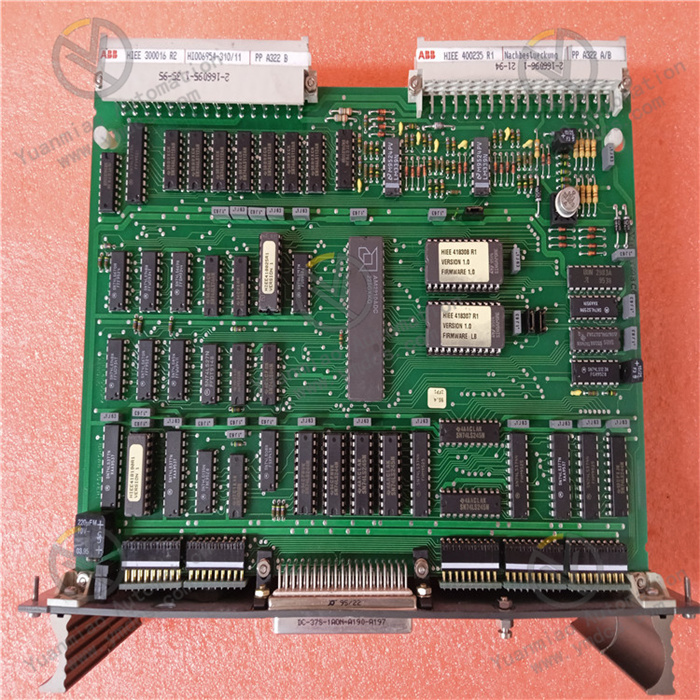
Technical Parameters: Power Supply: Usually 24V DC. Output: The specific output depends on the configuration, such as 0 - 10V DC, etc. Communication Protocol: It supports the HART protocol and can communicate and exchange data with other devices. Functional Features: It has a PLC function and can perform programmable logic control; it can be used as a sensor to achieve accurate measurement and data collection; it has voltage input/output functions and can perform flexible signal conditioning. Weight: Approximately 3000g. Application Scenarios Industrial Automation Production Lines: It is used to achieve automated control, monitoring, and data collection of the production process, such as production lines in industries such as automotive manufacturing, electronic device production, and food and beverage processing. Power Systems: In links such as power generation, transmission, and distribution, it can be used for the monitoring and control of various power equipment to ensure the stable operation of the power system. Process Control Fields: In industries such as chemical engineering, petroleum, and pharmaceuticals, it precisely controls and regulates parameters such as temperature, pressure, flow, and liquid level during the production process to ensure the safety and efficiency of the production process. Intelligent Building Systems: It can be applied to aspects such as lighting control, air conditioning system control, and security systems in intelligent buildings to achieve intelligent management of buildings and energy optimization.
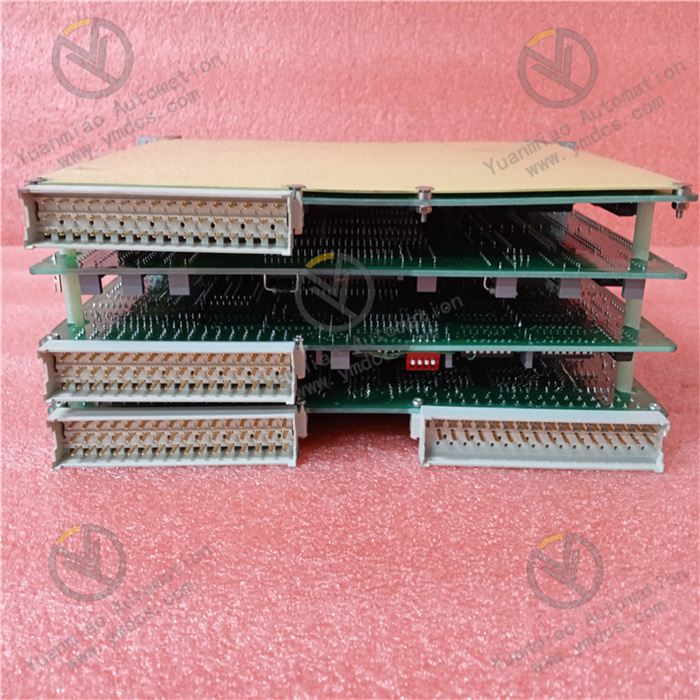
The ABB PPA322B HIEE300016R2 module usually conducts fault diagnosis and alarm in the following ways: Self-diagnosis Function: The module has an integrated self-diagnosis circuit and program, which can monitor its own working status in real time, including periodic detection of key components such as the internal power supply, processor, memory, and communication interface. For example, it checks whether the power supply voltage is within the normal range to prevent unstable operation of the module due to abnormal voltage; it monitors the running status of the processor to check for program errors or crashes; it detects whether the read and write functions of the memory are normal to ensure accurate storage and reading of data; it also checks the connection and signal transmission of the communication interface to promptly detect communication failures. Once it detects its own faults, the module will immediately take corresponding measures and send out fault signals. Input Signal Monitoring: The module continuously monitors whether the input signals are within the normal range and format. For example, for analog input signals, it checks whether the input current or voltage value exceeds the specified range. If the signal exceeds or is lower than the normal range for a long time, the module will determine that there is an input signal fault and make corresponding records and alarms. For digital input signals, it detects whether the level status meets the logical requirements. If there are abnormal level changes or signal losses, the fault diagnosis mechanism will be triggered. In addition, it also monitors the stability of the input signals to prevent misjudgment caused by signal interference or fluctuations. For example, when it detects that the analog input signal has frequent large fluctuations and the fluctuations exceed the normal error range, the module will consider that there may be external interference or sensor failure and then send out corresponding alarm signals. Communication Fault Detection: Since the module supports communication methods such as the HART protocol, it continuously monitors the status of the communication link. If it does not receive the correct response from other devices within the specified time, or if there are errors in the transmitted data and cannot be corrected normally, the module will determine that a communication fault has occurred. For example, when communicating with the host computer or other related devices, if the data packets sent continuously are returned with error information, or if the instruction requests from the host computer are not received for a long time, the module will record the communication fault information and notify the operator through the alarm mechanism. At the same time, the module also checks the correctness of the communication protocol. If it finds that the received data does not conform to the format or specification of the HART protocol, it will also regard it as a communication fault and take corresponding handling measures.

Diagnosis Based on Logic Programs: Using its programmable logic control function, users can write specific logic programs to define various fault judgment conditions. For example, it judges whether there are abnormal situations according to the logical relationship between multiple input signals. For instance, when the input signal of a certain sensor indicates that the device is in the running state, but another related sensor detects no corresponding actions or parameter changes, the preset logic program can determine that this is an abnormal situation and trigger a fault alarm. In addition, some timing logic can also be set, such as detecting whether a certain device has completed a specific operation within a certain time. If it is not completed overtime, it is considered that a fault has occurred and an alarm is issued. Alarm Methods: When the module detects a fault, it usually sends out alarm signals in multiple ways. On the one hand, the module may be equipped with LED indicator lights. Indicator lights of different colors or flashing frequencies can indicate different types of faults, facilitating operators to quickly locate the problem. For example, a red indicator light that is always on may indicate a serious fault that requires immediate shutdown for processing; a yellow indicator light that flashes may indicate a general fault that can be checked and repaired at an appropriate time. On the other hand, the module may send the fault information to the host computer or other monitoring devices through the communication network, and display detailed fault codes and descriptions on the interface of the monitoring software, allowing the operator to troubleshoot and handle the fault according to this information. In some cases, the module may also trigger external alarm devices, such as buzzers or warning lights, to attract the attention of on-site personnel.


